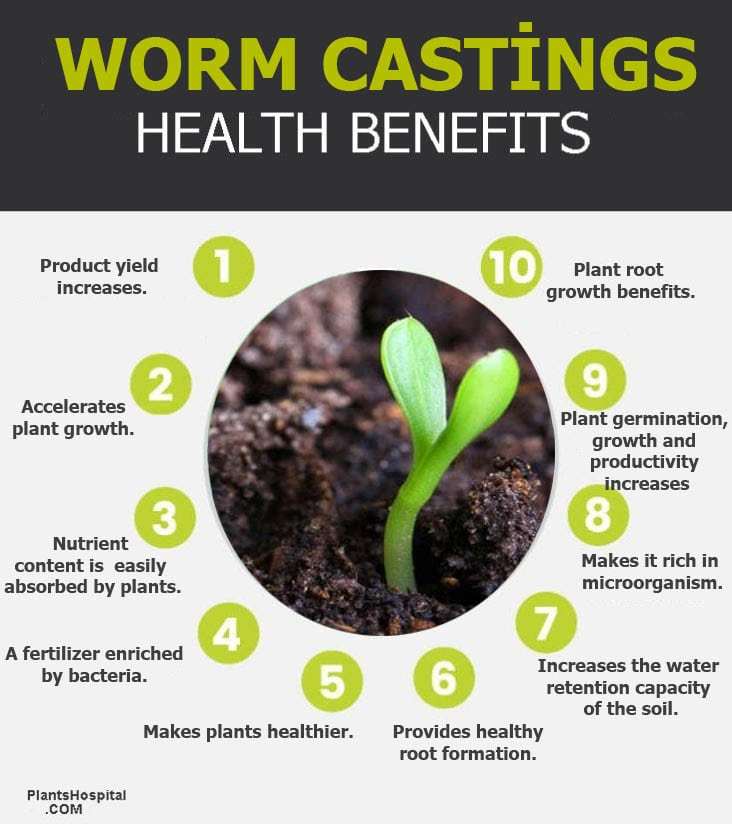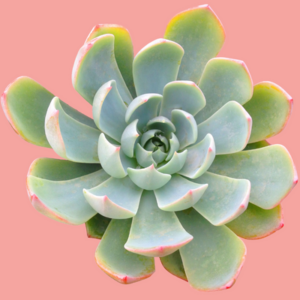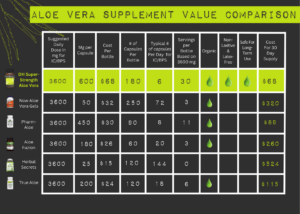Worm castings, often regarded as the unsung heroes of organic gardening, are more than just a natural fertilizer; they are an intricate blend of nutrients and microorganisms that serve to invigorate plant health. Over the years, enthusiasts and professionals alike have recognized the myriad benefits these worm byproducts offer to plants. This article delves into the extraordinary attributes of worm castings and why they may just become your secret weapon in cultivating a thriving garden.
This organic gold not only enhances the physical properties of the soil but also engenders a diverse and thriving ecosystem. The benefits are multifaceted, encompassing nutritional fortification, soil improvement, and pest deterrence, transforming an ordinary garden into a lush, flourishing haven.
The allure of worm castings lies not only in their benefits but also in their holistic approach to soil health, promising a shift in your gardening perspective. Let’s explore the remarkable advantages of incorporating worm castings into your gardening practices.
Understanding the Nutritional Profile of Worm Castings
At the core of worm castings’ effectiveness is their rich nutritional profile, which is a result of the complex digestion process worms undergo. These castings are laden with essential nutrients including nitrogen, phosphorus, potassium, and a variety of micronutrients crucial for plant development.
Worm castings contain approximately 5% nitrogen, 3% phosphorus, and 1.5% potassium, making them an excellent source of nutrition for a wide variety of plants. However, the benefits extend beyond mere numbers. The nutrients are released slowly, ensuring that plants receive a steady supply of what they need without the risk of nutrient burn, a common risk associated with synthetic fertilizers.
Moreover, worm castings are teeming with beneficial microbial life. This microbiome comprises bacteria, fungi, and protozoa that assist in breaking down organic matter further while also enhancing nutrient uptake. These microorganisms play a critical role in enhancing soil structure, creating a microenvironment that fosters plant health and growth.
Enhancing Soil Structure and Health
Beyond nutrition, worm castings serve as a catalyst for improving soil structure and overall health. The unique physical properties of these castings help increase soil aeration and water retention. Traditional soils often suffer from compaction, leading to poor drainage and reduced oxygen availability for plants. By incorporating worm castings, the soil’s texture becomes more crumbly and loose, enabling roots to penetrate more easily.
Furthermore, these castings possess excellent moisture retention capabilities. They can hold up to 90% of their weight in water, thus providing a reservoir for plants during periods of drought. This characteristic is especially advantageous for gardeners in climates where water scarcity is a pressing issue.
Encouraging Microbial Diversity
The introduction of worm castings into your garden is akin to inoculating the soil with a burst of life. The myriad microorganisms present invigorate the soil’s ecosystem, leading to a flourishing environment for beneficial bacteria and fungi. This diversity is crucial for soil health, as these organisms help in decomposing organic materials, deterring pathogenic microbes, and promoting the nutrient cycle.
This vibrant microbial activity creates an endolithic environment that effectively suppresses the growth of harmful pathogens, providing plants with natural resistance to diseases. In fact, healthy soils enriched with worm castings have demonstrated a reduction in root rot and other common plant ailments.
Natural Pest Deterrent
Another noteworthy aspect of worm castings is their ability to act as a natural pest deterrent. The presence of certain compounds in worm castings can repel common garden pests such as aphids, thrips, and whiteflies, which tend to plague plant life.
These pest-repelling properties are attributed to the overall health of the plants nurtured with worm castings. Healthier plants exhibit greater resilience to pests and stress, making them less susceptible to infestations. By employing worm castings, gardeners create a self-regulating system where pests have a harder time establishing themselves.
How to Incorporate Worm Castings into Your Garden
Integrating worm castings into your gardening routine is a straightforward process, requiring minimal effort for maximum impact. These castings can be added to your soil as a top dressing or blended into potting mix before planting. For an added boost, consider creating a nutrient-rich worm tea by steeping castings in water and using it as a liquid fertilizer.
The application rate typically recommended is about 1:5 castings to soil, ensuring plants receive the outstanding benefits without overwhelming them. Regular incorporation not only revamps the nutrient profile but also maintains the beneficial microbial life essential for long-term soil health.
Final Thoughts on Worm Castings
In the world of gardening, worm castings can undoubtedly be deemed a secret weapon. Beyond their myriad of benefits —including soil enhancement, nutrient provision, pest deterrence, and encouragement of microbial diversity — these natural fertilizers inspire an evolution in perspective when it comes to plant care. As gardeners increasingly seek sustainable and organic methods, the utilization of worm castings stands out as a prime example of working with nature rather than against it.
Exploring the advantages of worm castings will undoubtedly encourage you to embrace their potential. They promise not merely to nurture your plants but to foster a richer, more dynamic ecosystem below the soil’s surface, fundamentally reshaping how we view and practice gardening.





Leave a Comment